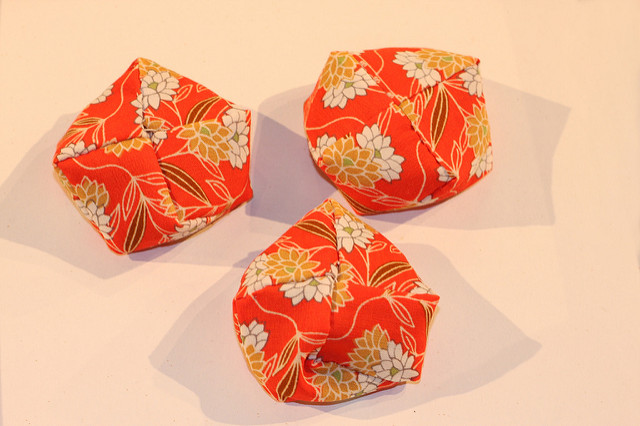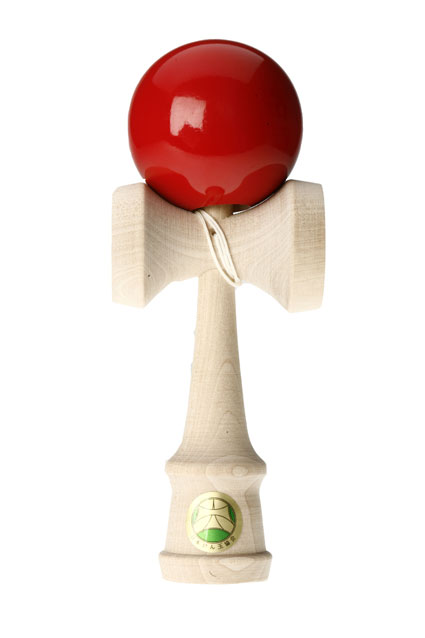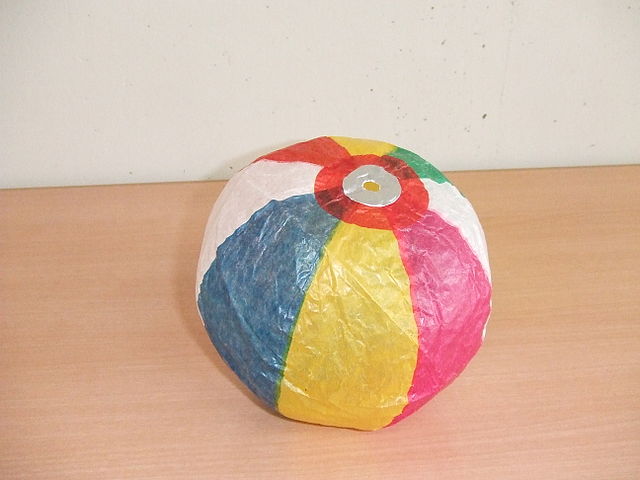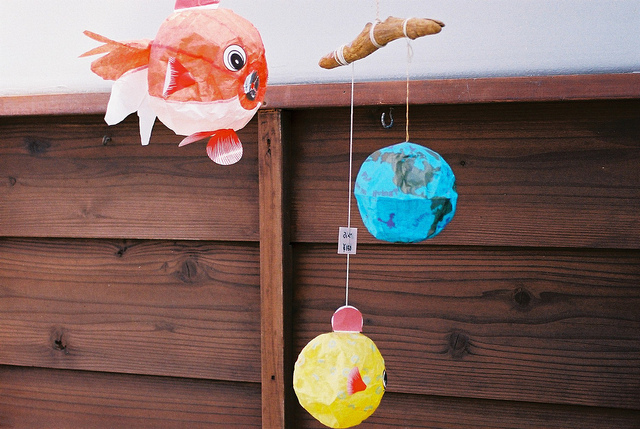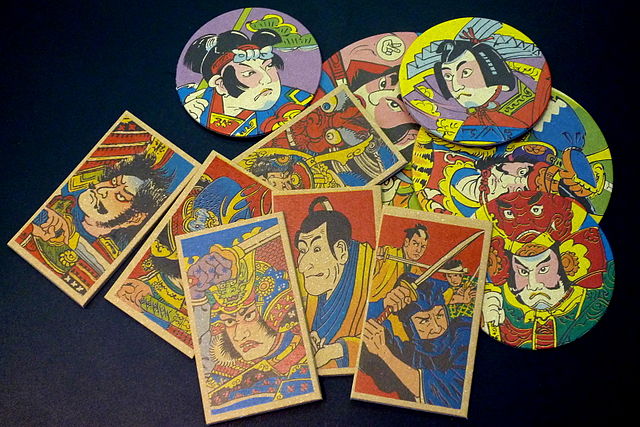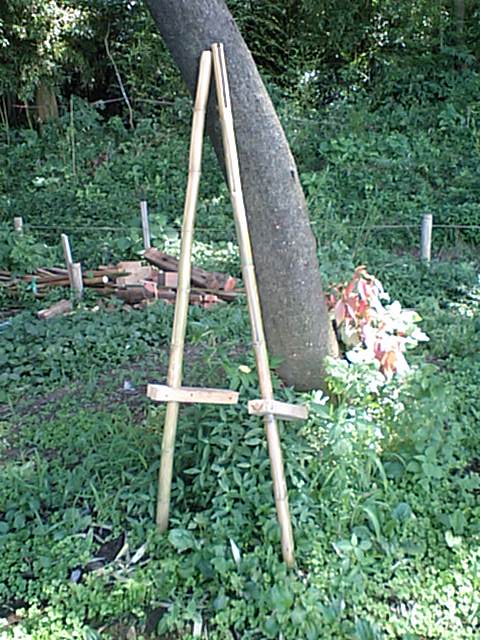
Traditional Japanese Toys: 8 Fun and Cheap Retro Toys to Buy in Japan
Traditional Japanese toys make for surprisingly interesting (and cheap!) souvenirs of Japan. While Japanese children today entertain themselves on the Nintendo Switch and PlayStation, kids of past generations would play with beautifully crafted toys made of materials like wood, paper, and fabric that often demanded skill and practice. These include classics like “otedama” juggling balls, the “kendama” cup-and-ball, and “koma” spinning tops. In this article, we’ll introduce 8 delightful but cheap traditional Japanese toys that both kids and adults will adore!
This post may contain affiliate links. If you buy through them, we may earn a commission at no additional cost to you.
1. Otedama
timtak/FlickrOtedama is a juggling ball and most commonly played by girls. Often children sing a song as they juggle several otedama. In the past, otedama were often made at home using old kimono fabrics and dried beans or rice. However, not many children play with otedama anymore. Some elementary schools are re-introducing otedama at school to protect the tradition.
Our Top Tips
JR Pass for Whole Japan
Explore Japan in the most convenient and economical way with a Japan Rail Pass! It is valid for the majority of railways and local buses operated by JR.
2. Ohajiki
Ohajiki is similar to the "winks" used in tiddlywinks. It is believed that ohajiki was introduced in Japan from China during the Nara period (710-794 CE). Since the end of the Meiji period (1868-1912 CE), they are commonly made of glass and are 1cm to 1.5cm in diameter. The most common way of playing ohajiki is to try to hit the opponents' ohajiki to gain as many as possible.
3. Kendama
1marc1/Wikimedia CommonsKendama is the Japanese version of cup-and-ball or bilboquet. Kendama, although not as popular as it used to be, is still widely played among children as well as adults. There are various competitions held each year. Recently, due to YouTube, kendama is recognized outside of Japan as well and has gained a lot of popularity.
4. Kamifusen
アルトクール/Wikimedia Commons Cherrie 美桜/FlickrKamifusen is a paper balloon and is very light and delicate. One blows air into the balloon and plays by tossing it lightly. It can be produced inexpensively, so it was often given as giveaways for children. The most common design is the one with red, yellow, green, blue and white stripes as shown in the photo but you can get other designs such as fireworks and watermelons.
5. Menko
Nesnad/Wikimedia CommonsMenko is usually made of paper and is round or card shaped with a picture on one side. One puts menko on the ground and another player hits the menko on the ground with his or her menko. The rule depends on places, but often if the menko flips, then the person who flipped it can have that menko. Unlike other games on this list, if you lost playing menko, you also lost your menko cards as well, so children played quite seriously.
6. Takeuma
丁/Wikimedia CommonsTakeuma are stilts made of bamboo. It became popular among the children after the Edo period (1603-. There is no specific rules to how to play with takeuma. As children maintain their balance on top of takeuma, they often try to do things such as hopscotch, jump rope and game of tag.
7. Taketonbo
Taktonbo, also known as the bamboo-copter or bamboo dragonfly, is a toy one can fly by twirling the stem using one's hands. It is very easy to make and of the toys on this list, probably takedonbo is the one that most Japanese people have made on their own. Things such as the thickness of the bamboo and the angle can determine how well it can fly, so although it is easy to make, it is difficult to make one that can fly for a long distance.
Our Top Tips
Japan Shinkansen, Narita Express (N'EX) & Express Train Tickets
Plan ahead by booking your shinkansen, airport train, and express train tickets online in English. Have the tickets sent to you by mail or collect them at the station once you're in Japan.
8. Koma
Koma is a spinning top and there are several different kinds: spinning using fingers, hands, or string. When playing with koma with a string as shown in the photo, one will pull the string before throwing the koma to the ground, where it will hopefully spin while keeping its balance. More advanced ways of playing koma are spinning it on one's palm and spinning across the surface of the string.
The information in this article is accurate at the time of publication.

